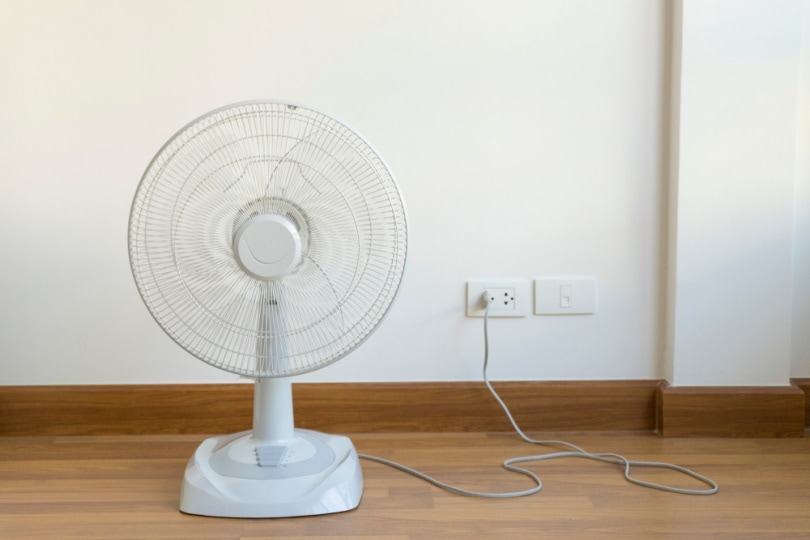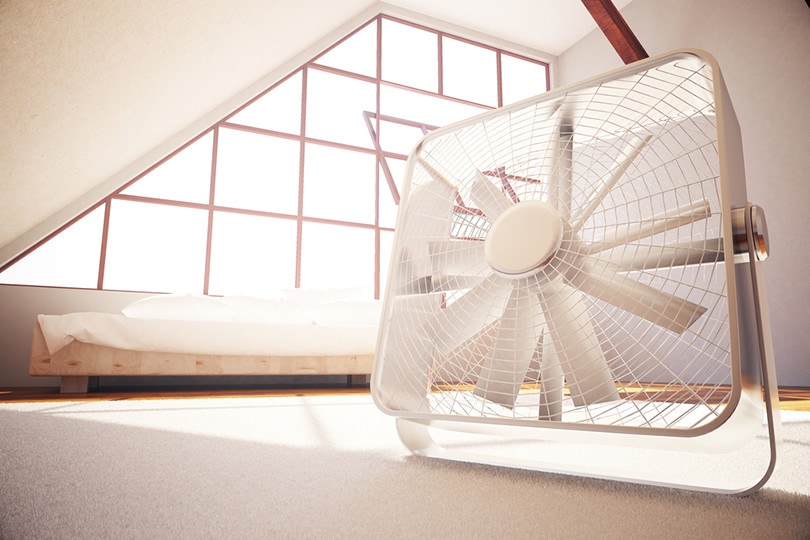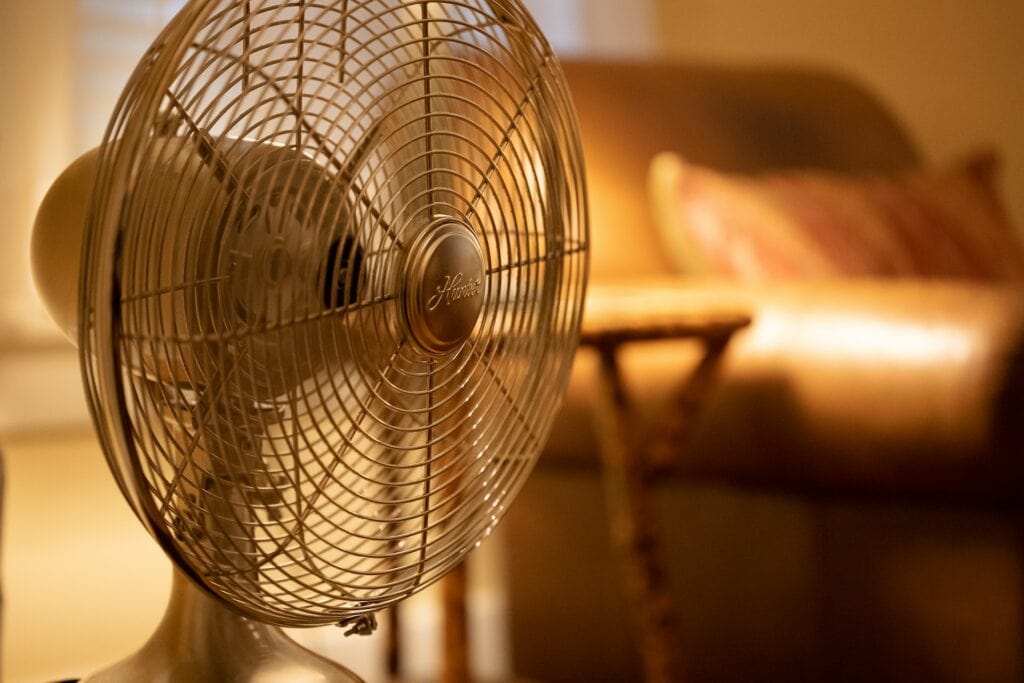How Much Electricity Does a Fan Use? Types, Tips, & FAQ
-
Codee Chessher
- Last updated:

Fans are a very useful tool in everyday life, allowing us to cool down on demand without running a full air conditioner. They also use a fraction of the energy, with your average fan rated between 10–100 watts. This means that, in an hour, a fan would use between 10–100 watts to run. In actual terms, this comes out to kilowatt hours or kWh. An average 50-watt fan would use around 0.05 kWh.
So, how much money does that mean it costs to run? Well, it ultimately depends on your local electricity rates. The national average hovers between $0.13–$0.15 per kWh consumed. Using the lower figure, we can multiply 0.05kWh by $0.13 to get $0.066, or two-thirds of a penny. That’s what it costs per hour to run an average fan, so what about a whole day or a week?
For the same energy cost of $0.13 per kWh, a 50-watt fan would cost 16 cents to run for a full 24-hour day. Multiplied by seven, and you find that it only costs $1.17 to run it nonstop for a week. That’s pretty cheap by any standard, but how about a full year?
Well, $1.17 multiplied by 365 yields $427.05, which is a much more considerable sum. Then again, who’s really running a fan for a year straight?
Fan Types by Energy Consumption
You might be wondering if the type of fan has any impact on how much power it uses. Well, you’d be right. While every fan has different energy requirements, you can compare different types of fans to see which one is most efficient for your lifestyle and home. Let’s check those down below.
| Fan Type | Energy Usage |
| Tower/Pedestal Fan | 0.0565 kWh per hour |
| Box Fan | 0.073 kWh per hour |
| Table Fan | 0.0425 kWh per hour |
| Ceiling Fan | 0.0311 kWh per hour |
Going by these figures, we can clearly see that tower and box fans are the least efficient, while table fans are slightly better. Ceiling fans are the most energy-efficient because of their unique vertical placement and large blade surface area.

How Much Power Do Other Household Items Consume?
Fans are very energy efficient compared to some other common items we take for granted every day. Air conditioners, radiators, and refrigerators are a few major energy hogs, but there are others. Let’s list some other common items and the energy they consume in kWh.
- Air conditioner: 0.4-0.8kWh or more
- Electric heater: 1.5kWh or more
- Refrigerator: 0.058kWh or more
- Dryer: 0.1kWh
- Electric stove: 0.08kWh
| Household Item | Usage Per Hour |
| Air Conditioner | 0.4–0.8 kWh |
| Electric Heater | 1.5 kWh or more |
| Refrigerator | 0.058 kWh or more |
| Dryer | 0.1 kWh |
| Electric Stove | 0.08 kWh |
How to Reduce Fan Energy Consumption
As we saw above, fans can eat up a lot of power if you leave them on 24/7. To reduce your fan’s energy consumption, there are some handy tips you can employ to save some money on utility bills.
- Look out for EnergyStar-Rated fans. These cost less to run than non-rated fans
- Seek fans with brushless motors, which are up to 30% more energy efficient than standard fan motors.
- Turn off your fan when you aren’t directly using it. Fans are wasting power when you’re not home.
- Use a timer to remind yourself when to turn off your fan or look for fans with built-in timers.

What Size Fan Is the Most Efficient?
Small fans are most suitable for small areas, but any fan becomes less efficient when you try to use it in a larger space than the fan is recommended for. This is measured by the fan blade design and CFM, or cubic feet of air moved per minute.
Essentially, for the amount of power the fan draws, CFM measures if it’s putting out enough air. CFMs of 4,000–5,000 are considered average, while CFMs measuring 6,000 or more are considered efficient.
Conclusion
Fans are great for cooling down without using a lot of power. They use a tiny fraction of what it costs to run an air conditioner for the same amount of time. You might want to turn them off when you’re not using them and look for an EnergyStar-rated fan, but they’re one of the most energy-efficient items in your home.
- Related Read: HOW MUCH ELECTRICITY DOES AN OVEN USE? (UPDATE)
Featured Image Credit: ben bryant, Shutterstock
Contents


